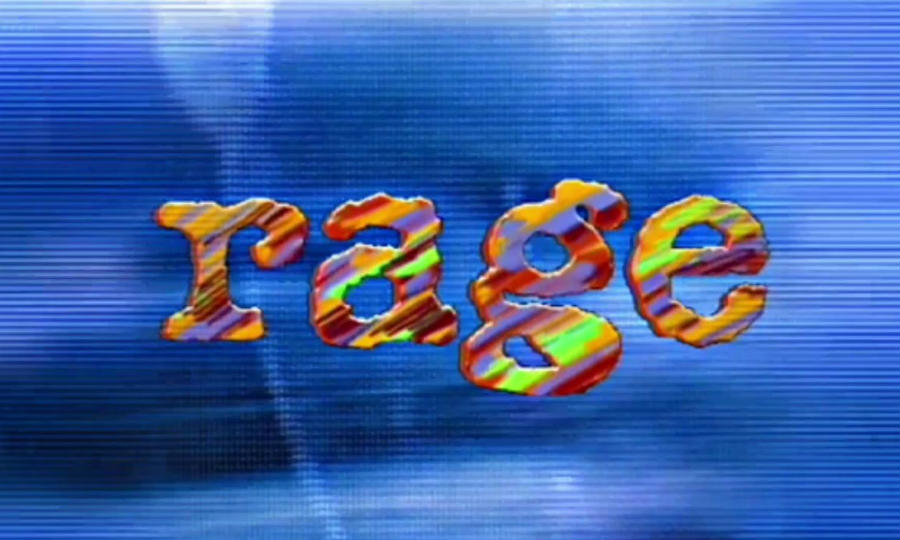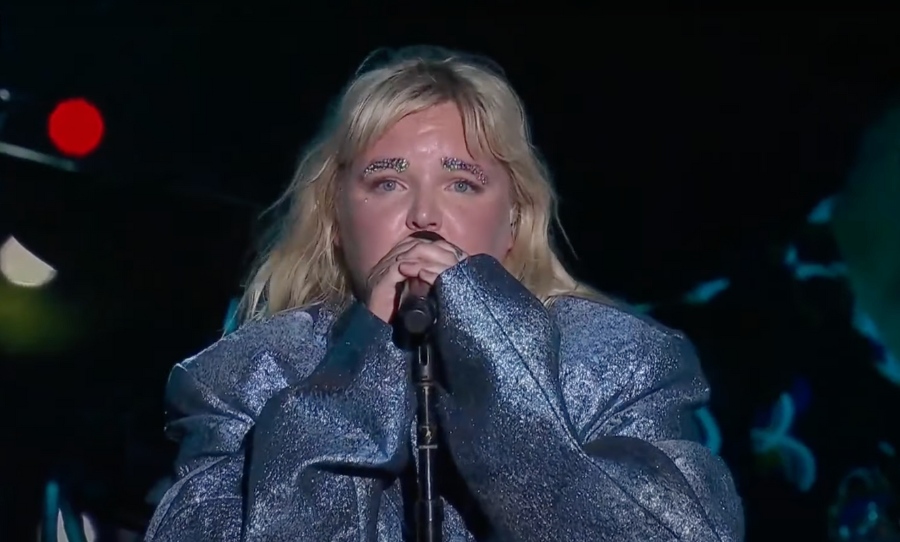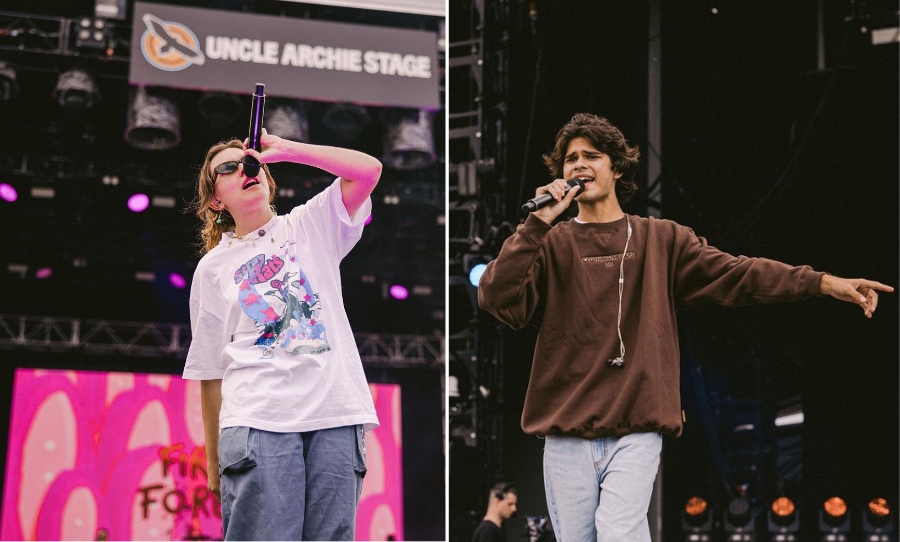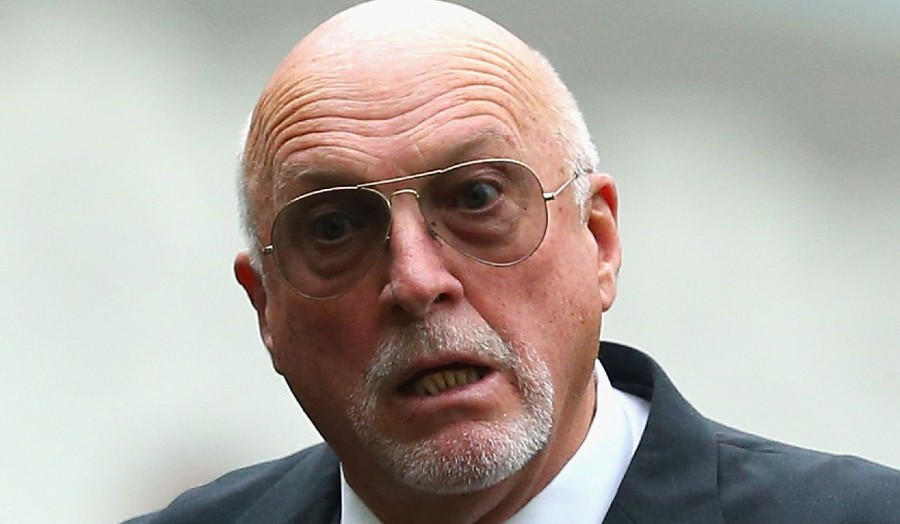The golden child of Australian music video programming, Rage has blasted incredible tunes to the public for 30 years strong with no signs of slowing down.
Rage first aired on 17 April 1987, and is the oldest music television program still in production, woven into the tapestry of Australian music culture. Long live Rage!
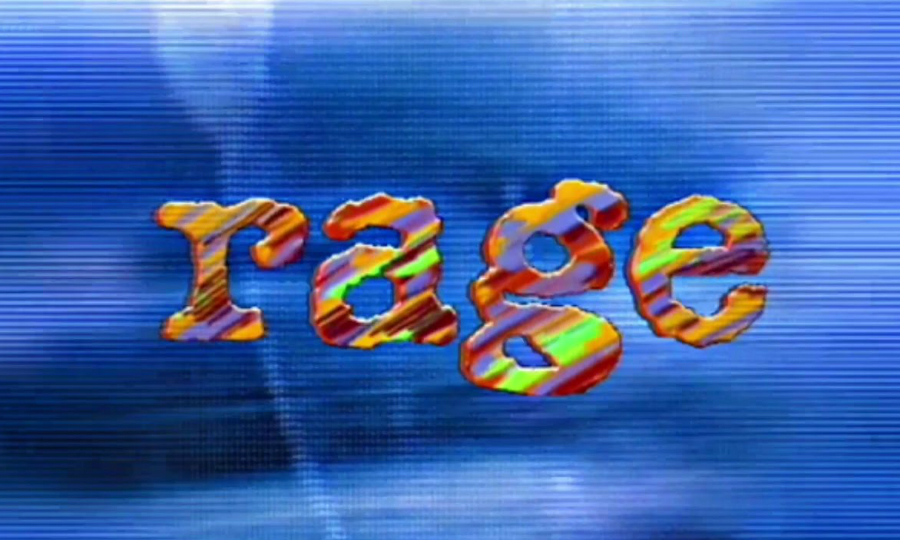
In honour of Australia’s longest standing music program we celebrate 30 years of Rage and reflect at some of its most iconic clips.
As a young music lover, I was consuming Rage videos before I even knew what music really was. The constant barrage of Red Hot Chili Peppers, Black Eyed Peas and Kelis’s Milkshake, however damaging, had a profound impact on my psyche and certainly influenced my musical passions today.
One of the most impressed on young Australian minds (and perhaps the most quintessentially Aussie song of all time) was Men At Work’s Down Under. The strange clip was a caricatured collage of everything that was meant to be Australian: koalas, Combi’s and vegemite.
This is the continuing impact of Rage as a powerful proponent for spreading and nurturing music in a modern context and is a ritual that Australians have been enjoying for generations – at strange hours of the night.
Music for the modern youth
At the time of Rage’s debut it was one of five similar music programs such as Soul Train and Video Hits. However, as it’s rivals dissolved, merged or disappeared Rage assumed the crown with its trademark all night broadcasting.
The program was originally created by executive producer Mark FitzGerald in early 1987 under the working title ‘rage til you puke’. This was later shortened to rage, as this was deemed more likely to be acceptable to the ABC board.
When the program was approved first two music videos to air on Rage were Weirdo Libido by the Lime Spiders and (You Gotta) Fight For The Right (To Party) by The Beastie Boys.
Rage succeeded by dedicating certain series of programming segments to different nights. It was rated MA 15+ until 5am on Saturday mornings making some some seriously memorable viewing.
Friday night was dedicated to new and current releases. This was an extremely popular way for Australians to discover new music with many artists like You Am I first being aired on Rage.
In the wee hours, clips were dedicated to underground and emerging artists making for some of the most outrageous periods of programming in history. In 1989 Saturday Nights were dedicated to artist specials showing all videos from an artist in chronological order. The first artist featured was Madonna, on 6 May.
Other early specials included Midnight Oil, The The, Public Image Ltd., Mental As Anything, Crowded House, Paul Kelly, The Beatles, Hoodoo Gurus, and INXS.
It was this dedication to both emerging artists and established acts that put Rage firmly in the sights of the Australian public as a vehicle for fame and a stepping stone to success.
Legacy
Rage was often the first place that Australian artists were able to reach a national audience by submitting their videos. While also being a powerful proponent for artists to gain national attention, Rage also became a vehicle for video artists to express themselves.
Funnily enough, John Safran proved in his 2002 music industry doco Musical Jamboree, proved that the quality of modern music videos was so poor that even an enthused pup could be a nationally broadcasted director if they were lucky enough.
Rage was a crucial element in the early success of Sia, frequently airing her music videos that battled US centric ideals of female performance by covering her face. This initially baffled viewers, however her unique voice and aesthetic eventually garnered her massive popular success.
Similarly, Melbourne native Gotye gained considerable attention by collaborating with amazing visual artists to bring his music to life.
Somebody That I Used To Know first debuted on Rage after the program had solidly supported his earlier work and led to him earning three Grammy Awards. The video’s success was fundamental to Gotye gaining support beyond Australia, making him an instant superstar.
Rage also used it’s own discretion to air the infamously popular Crazy Frog video for Axel F. The insanely catchy banger also showed the exposed penis of a frog which was deemed inappropriate at the time but has seen it endure as one of the iconic videos of the early 2000s racking up 1.8 billion views on YouTube.
Modern Rage
In an increasingly technological age, Rage certainly faces a few threats as people rely less and less on Television for their musical injection.
Perhaps the biggest possible threat to Rage’s future is the international music industry’s move towards algorithmic based music selection. Streaming services like Spotify have famously built a business model on this automated process. While the concept of a computer intercepting your moods and interpreting your tastes it is more than a little unnerving, it has proven highly efficient so far with Spotify being an internationally recognised authority on musical stats and trends.
All in all, Rage’s influence on the Australian music scene is undeniable. The ritual of watching, listening, learning and exploring our culture through the program is one that fans across the country have done for decades at weird hours of the day and night.
